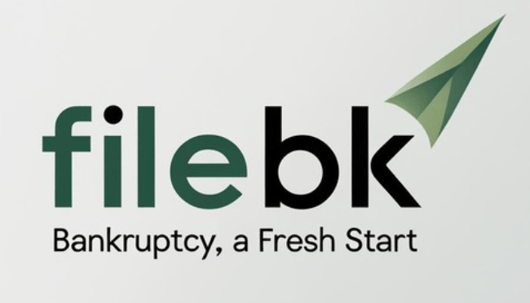Debunking Ten Common Myths About Consumer Bankruptcy
7/8/20253 min read


Understanding Consumer Bankruptcy
Consumer bankruptcy is a legal proceeding that allows individuals to eliminate or repay their debts under the protection of the bankruptcy court. This process can often be misunderstood, leading to the proliferation of myths that can misguide individuals contemplating bankruptcy. It is essential to recognize the truth behind these misconceptions to make informed decisions.
Myth 1: Bankruptcy Means Losing Everything
One of the most prevalent myths is that filing for bankruptcy results in losing all your assets. In reality, most individuals who file for Chapter 7 bankruptcy can retain their essential assets, such as their home, car, and personal belongings. Many states have exemptions that protect various forms of property, ensuring that filers can maintain a standard of living.
Myth 2: Bankruptcy is Only for the Irresponsible
Another common misconception is that bankruptcy is indicative of financial irresponsibility. In truth, individuals find themselves in precarious financial situations due to a variety of reasons including unforeseen medical expenses, job loss, or economic downturns. Bankruptcy can serve as a strategic tool to regain control over one's financial future.
Myth 3: You Can Only File for Bankruptcy Once
Many believe that people can only file for bankruptcy a single time in their lifetime. This statement is incorrect; individuals can file for bankruptcy multiple times as long as they follow the legal requirements and wait the prescribed amount of time between filings. Depending on the chapter under which bankruptcy is filed, the waiting period may vary.
Myth 4: Bankruptcy Resolves All Financial Issues
While bankruptcy provides relief from most debts, it does not solve all financial problems. Certain obligations, such as child support, alimony, and most student loans typically cannot be discharged through bankruptcy. Understanding what debts are dischargeable is crucial for anyone considering this option.
Myth 5: Filing for Bankruptcy Harms Your Credit Permanently
It is a common belief that bankruptcy irreparably damages credit scores. While it is true that a bankruptcy filing will impact one's credit, the extent and duration of that impact can vary. Many individuals who file for bankruptcy are able to rebuild their credit scores relatively quickly by managing their finances responsibly post-filing.
Myth 6: Bankruptcy is a Public Record and Everyone Will Know
Filing for bankruptcy does become part of the public record; however, this does not mean that everyone will be aware of it. Most individuals may never find out about someone’s bankruptcy unless specifically looking for that information. Privacy remains intact in most social circles.
Myth 7: You Cannot Get Credit After Bankruptcy
Another myth is that obtaining credit after filing for bankruptcy is impossible. On the contrary, lenders often target individuals who have filed for bankruptcy with credit offers, as they represent a fresh start. Secured credit cards or loans may be accessible quickly after bankruptcy is discharged.
Myth 8: Bankruptcy Takes Years to Process
Contrary to some beliefs, the bankruptcy process is generally quite swift. Chapter 7 bankruptcies typically take a few months from the time of filing to discharge, while Chapter 13 bankruptcies may span a longer repayment plan of three to five years.
Myth 9: Lawyers are Unnecessary for Bankruptcy Filing
While it is possible to file for bankruptcy without legal assistance, hiring a knowledgeable attorney can significantly improve the likelihood of a favorable outcome. Bankruptcy law is intricate, and a lawyer can help navigate the complexities involved.
Myth 10: All Debts are Dischargeable
Lastly, it is a misconception that all debts can be eliminated through bankruptcy. Certain debts, like tax obligations, child support, and alimony, are generally non-dischargeable, which means individuals must continue to manage these debts even after filing. Understanding what can be discharged is vital for setting realistic expectations.
In conclusion, awareness of these myths surrounding consumer bankruptcy is crucial. By understanding the reality of bankruptcy law and the protection it offers, individuals can make informed financial decisions that align with their circumstances.
Renew
Empower Your Financial Future
© 2025. All rights reserved.
